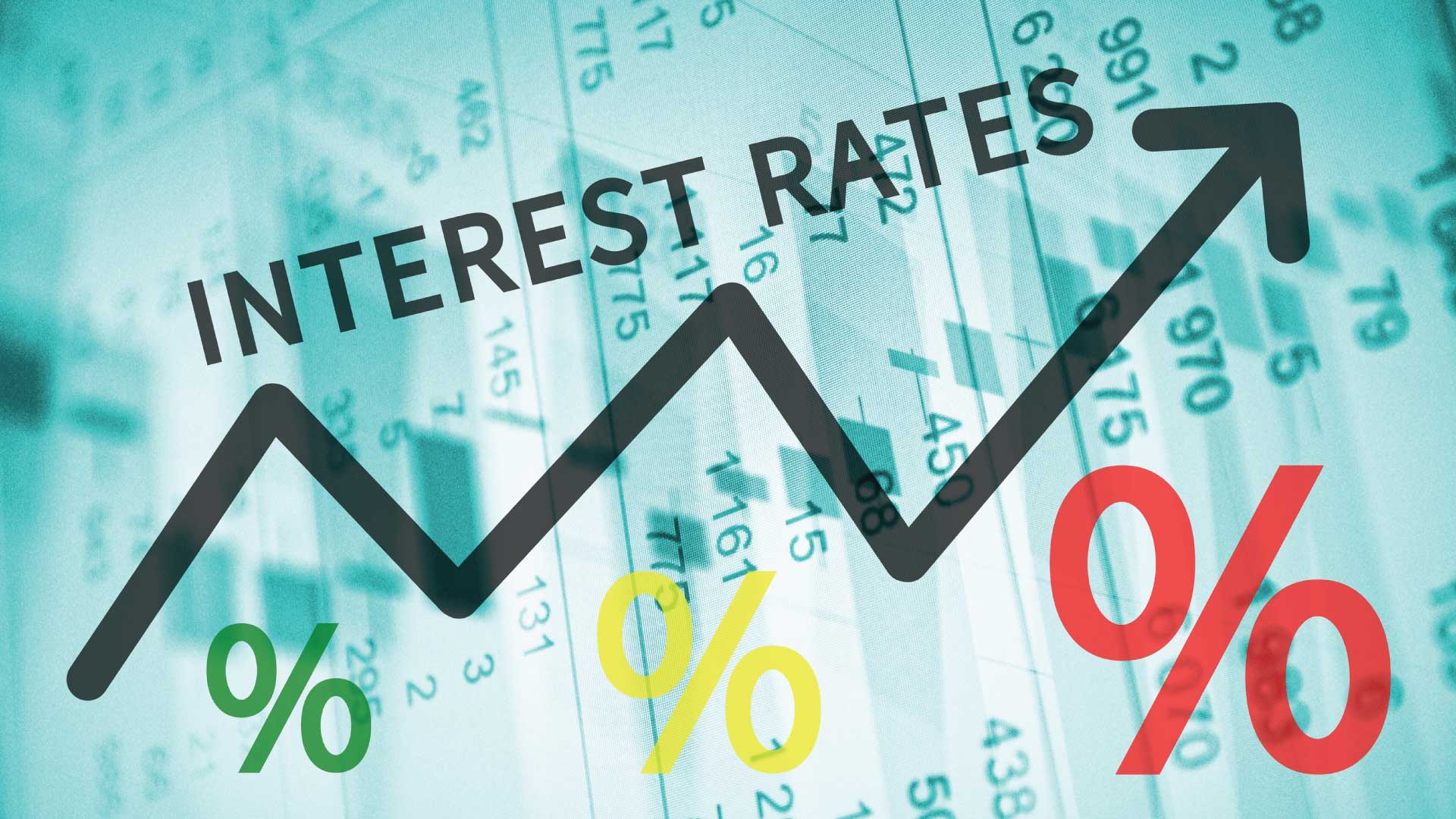How do I Calculate Interest Rates On a Loan?

Jack shies away from collecting loans because he does not understand how to calculate the interest rate on them and cannot tell when an interest rate may be too high for his current income. If you are like Jack, don't worry, there are very simple ways to understand loans, interest rates, incomes and duration.
Income
This is the amount of money you earn after tax. It could be daily, weekly or monthly. By after tax, I mean when the government has removed what is due to them, what is left with you is your income.
Loan
Loan is a sum of money that you are given to use, and pay back after some time.
Interest
When you collect a loan, some of them require that you pay it back with an additional sum. This additional sum is known as interest.
Duration
Loan Duration is the period you are to use the loan before you give it back. It is important to know the duration of a loan with interest, as this will enable you to calculate and plan how to pay back.
How To Calculate Interest Rates
In the financial world, the additional sum you are to give back with the initial sum you collected is defined in percentage. You may have seen something like 8% interest per annum or 5% interest per month.
Let's understand this with practical examples. If Jack collects $20,000 from a lender, and the lender says the interest is 8% per annum, it means that Jack will return $21,600 after a year.
How did we arrive at this conclusion? Per annum means that a lender is allowed to use the sum for a year before returning it to the lender.
The 8% interest means that the lender will return the sum with an additional 8% of the original sum.
To calculate this, divide 8 by 100, as in 8/100 to get what 8% is. Then multiply the answer by 20,000 to get what 8% of 20,000 is.
8/100=0.08
0.08×20,000= 1,600.
Therefore 8% of 20,000 is 1,600.
20000+1,600 = 21,600
If Jack is to pay 5% interest per month on the same loan, this is how to calculate it.
5/100=0.05
0.05×20,000=1,000
Therefore 5% of 20,000 is 1,000
Every month, Jack will pay an interest of $1,000 on the loan. If Jack decides to hold on to the loan for 6 months, he will pay a total sum of $26,000.
$1,000 each month by 6 months is $6,000.
$20,000+ $6,000 = $26,000.
If you are like Jack, I hope this helps you understand how to calculate interest on loans. Do you want to know what kind of loan you should take based on your current income? The next article will help you with that.



